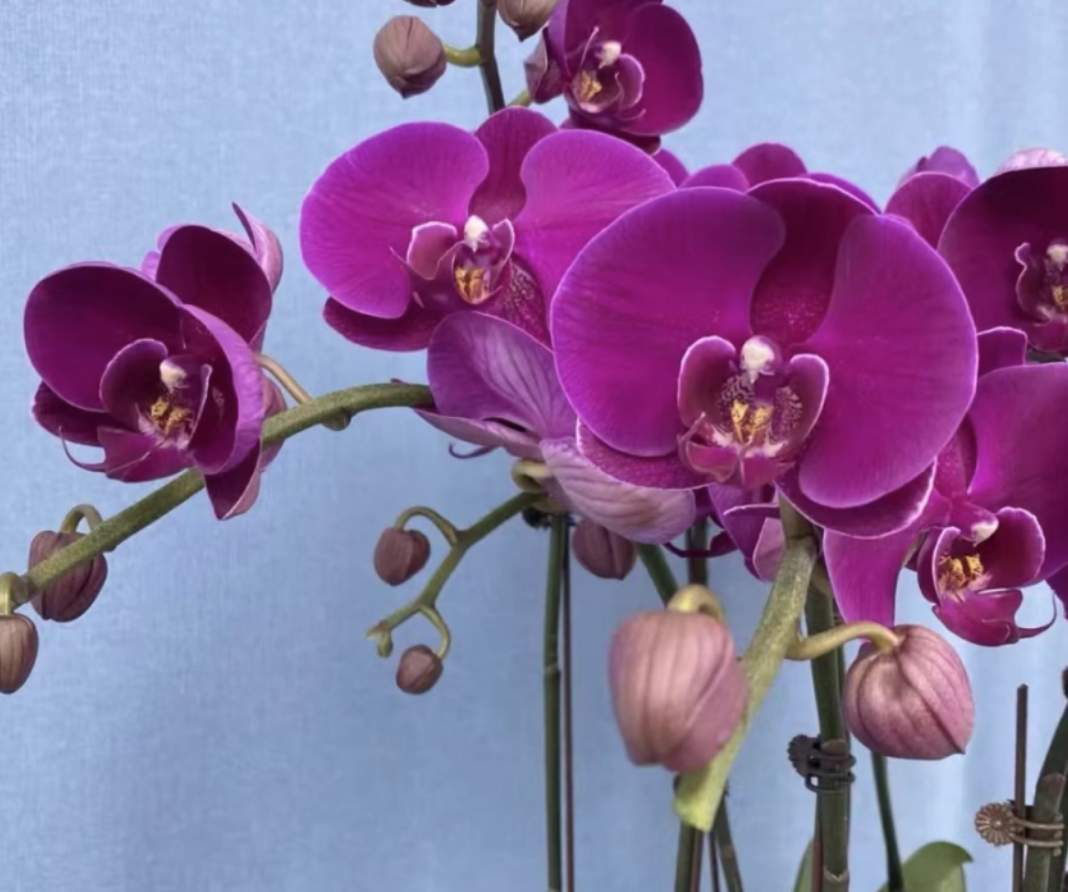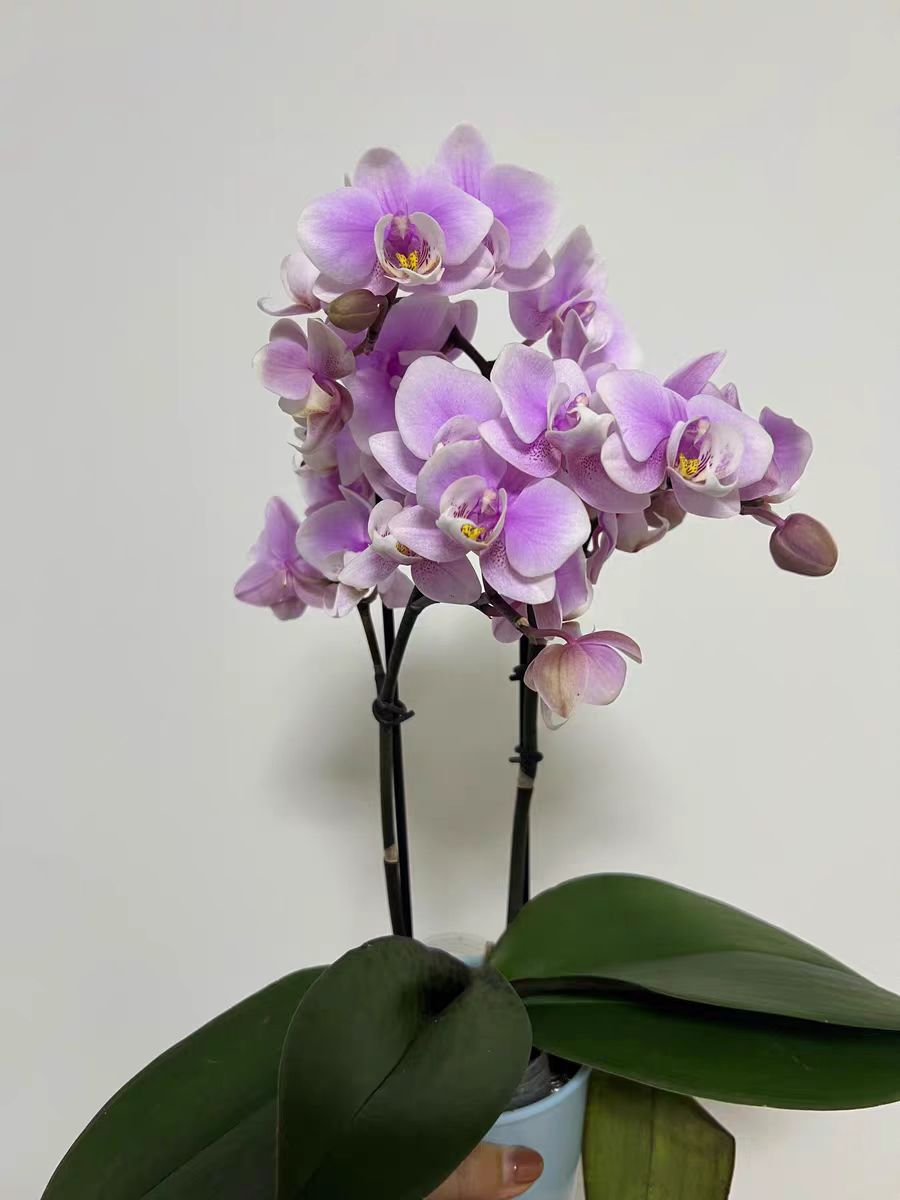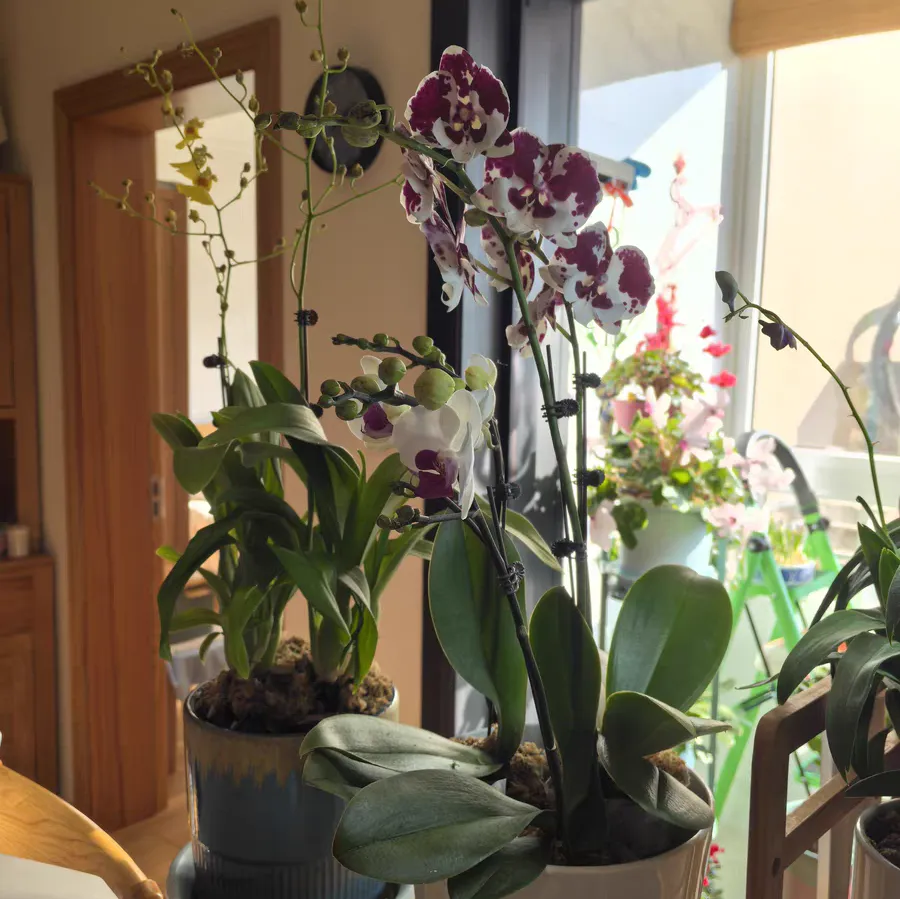Many beginners start to get involved in potted plant cultivation because they fall in love with phalaenopsis. The reason is that its elegant posture and gorgeous colors have won the hearts of flower enthusiasts! However, on the road of pursuing this beauty, many flower enthusiasts have encountered the phenomenon of hollow roots, which has cast a shadow on the minds of every friend who loves phalaenopsis. Today, from the perspective of maintaining phalaenopsis, we will unveil the trap behind "raising orchids with sphagnum moss" and hope to help everyone.
Some flower enthusiasts wonder if using sphagnum moss to maintain phalaenopsis is a sweet trap? The answer is of course not. Using sphagnum moss to maintain phalaenopsis is a scientific and effective breeding method. Because sphagnum moss has the characteristics of moisture retention and air permeability, this is consistent with phalaenopsis, which naturally likes an acidic environment.
However, some flower enthusiasts, because they rely too much on the air permeability of sphagnum moss, water the orchids frequently. Among them, if water accumulates in the pot accidentally, it will cause the roots of phalaenopsis to be unable to breathe effectively, gradually rot, and finally form hollow roots. This will also lead to the breeding of germs due to poor ventilation. Once infected, the roots will also be damaged, and then there will also be a situation of hollow roots (rotten hearts). Therefore, it is recommended to use sphagnum moss to maintain phalaenopsis. It must be managed properly. You can regularly replace and disinfect the sphagnum moss to ensure that excessive watering does not cause root hypoxia. In this way, sphagnum moss can create a healthy growth environment for phalaenopsis.
So, how can we solve the situation of hollow roots in phalaenopsis in daily maintenance? First of all, of course, reduce the frequency of watering. Because hollow roots are usually caused by excessive watering. You can touch the soil with your hand before watering each time. If it is slightly wet, there is no need to water. Secondly, improve drainage to ensure that there are enough drainage holes at the bottom of the flower pot. If necessary, a layer of gravel or ceramsite can be laid at the bottom of the pot to enhance the drainage effect. Then, cut off the already rotten or blackened roots in time to prevent the spread of diseases. Finally, do not choose an environment that is too humid or has poor ventilation to avoid the roots being in a humid state for a long time.
If the roots of phalaenopsis are rotten, you can take the following measures

Share with
Tagged in :




Leave a Reply